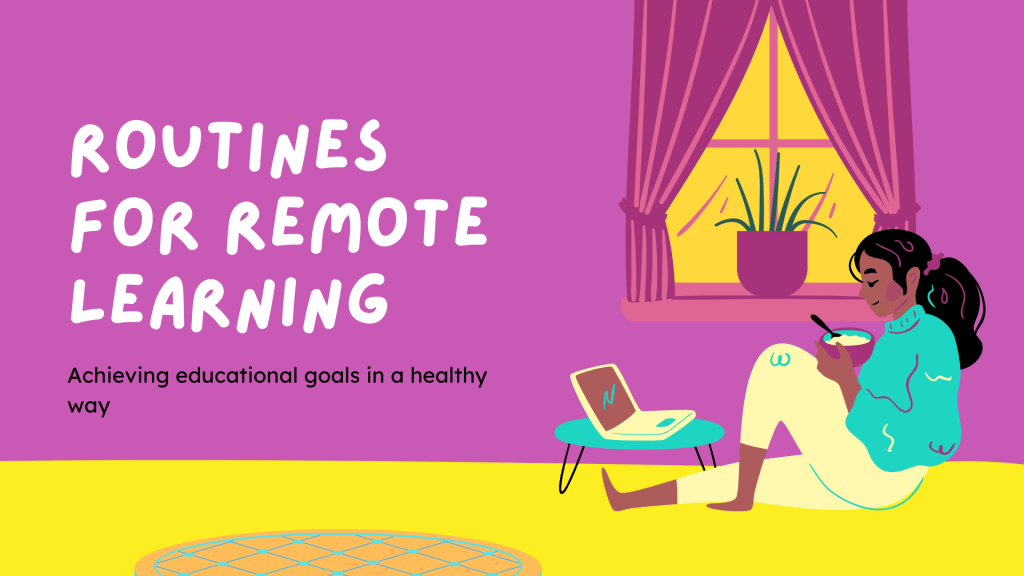

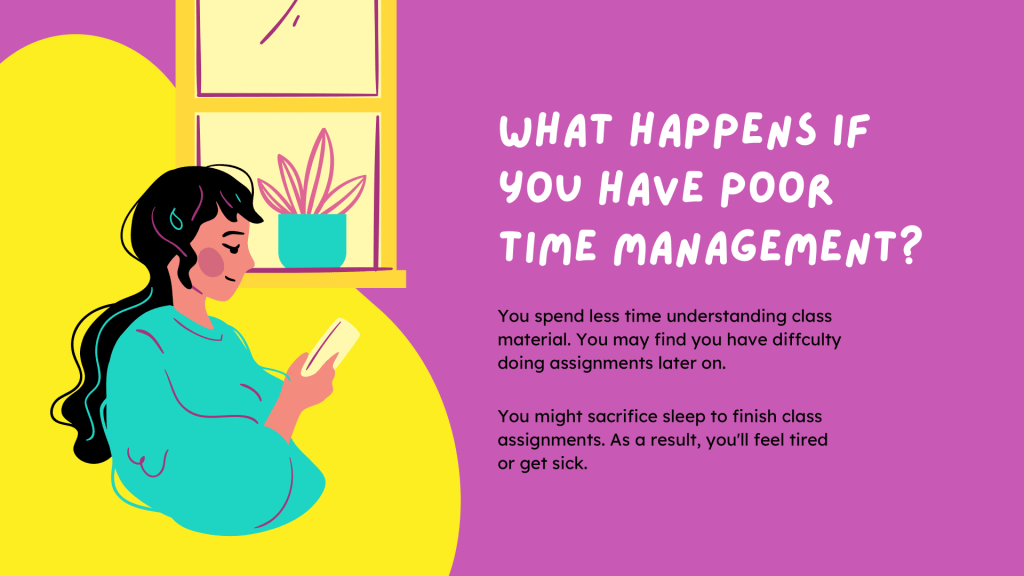




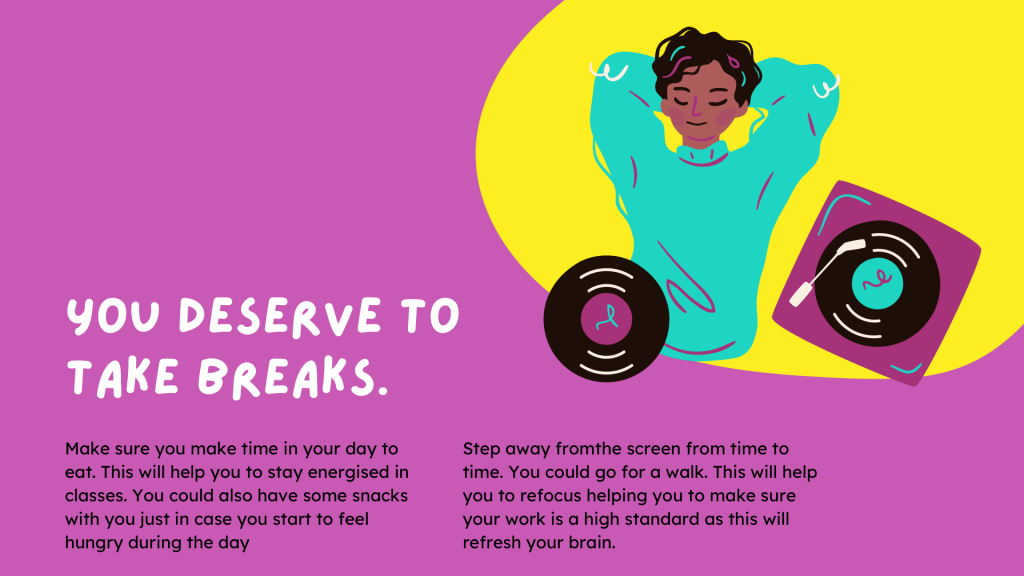
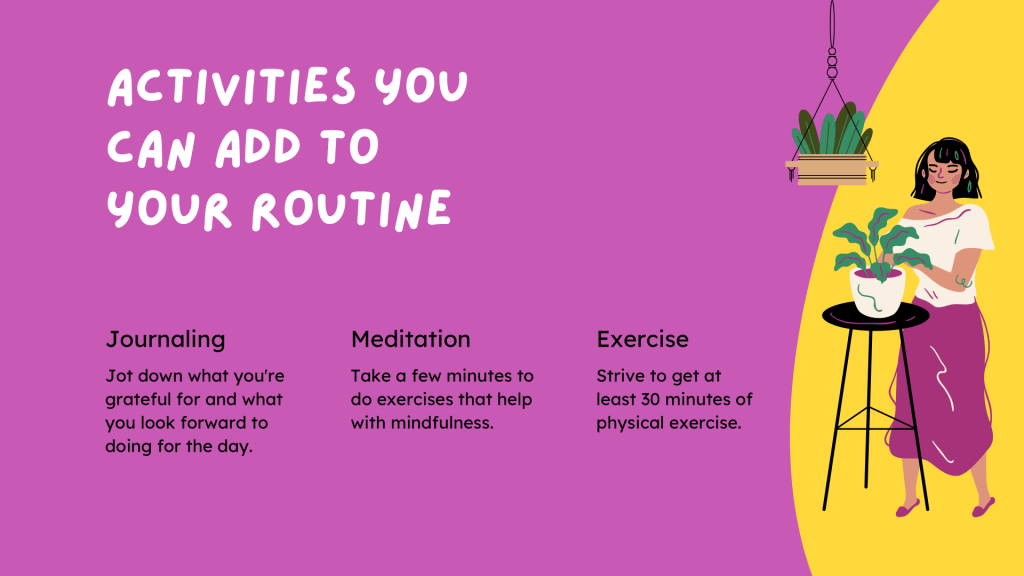

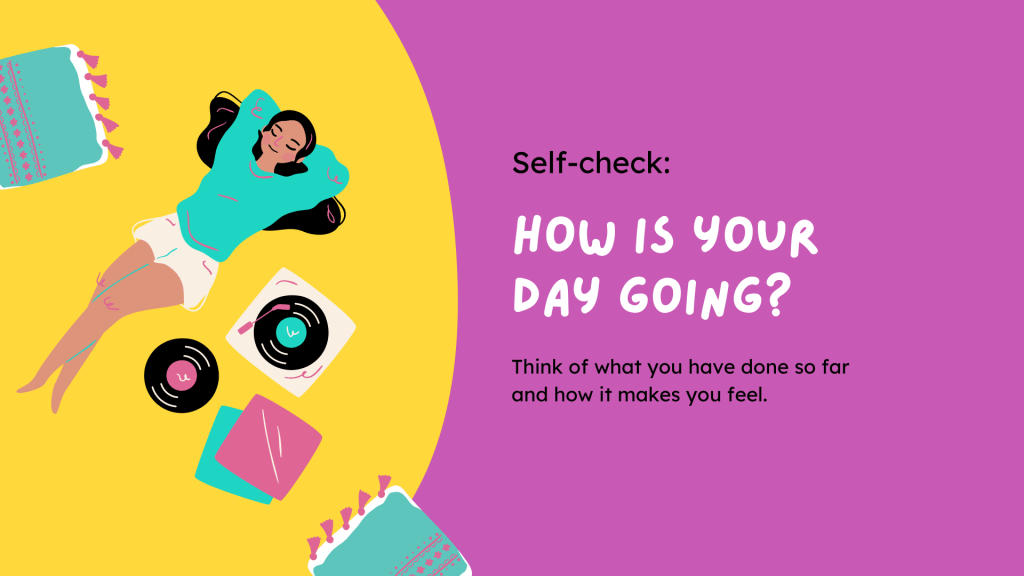













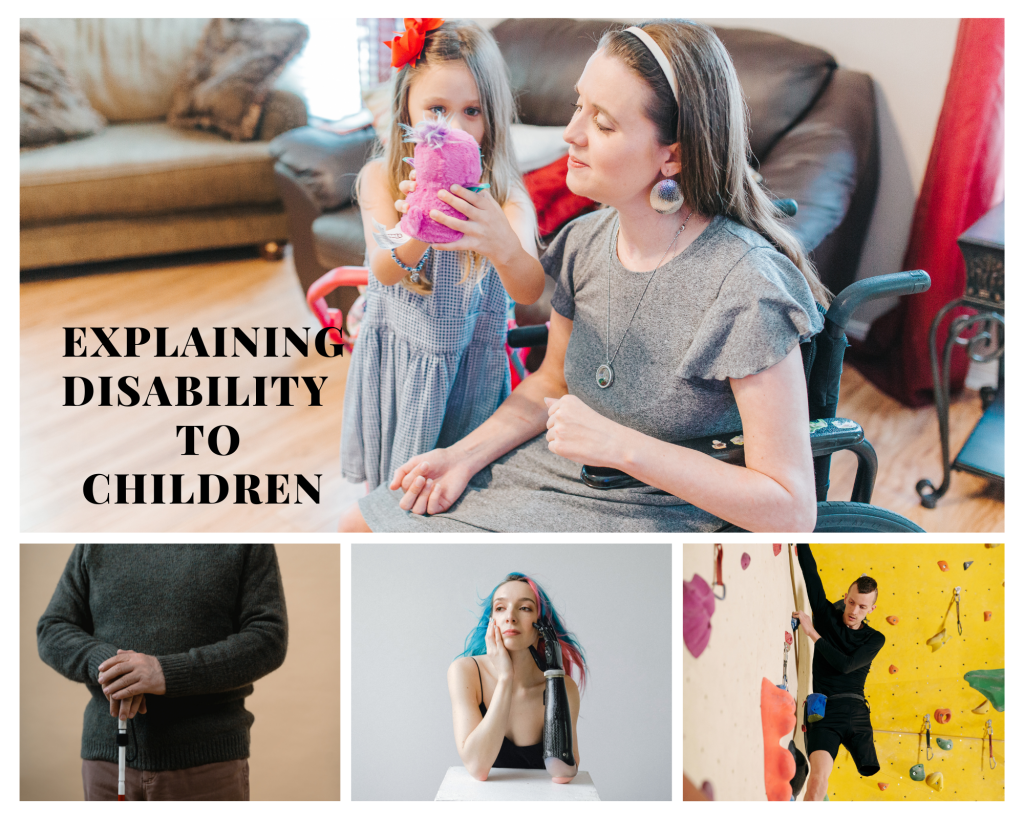
So recently I got a message on Instagram from a mother with young children. She asked me how do I explain disability to my kids? As one of her children’s class mates had a disability.
From our conversation this gave me the idea to write a blog post answering this question too.
My disability is invisible however if I use my wheelchair when I’m out and about I do get those sideways glances and I have had parents go in a different direction with their children so I’m out of their eye-line. The funny thing is you won’t be able to take your child in a different direction if you see a person with a disability when your out in public every time . This is because you’ve probably walked past or even engaged with someone with a disability and you didn’t even know because their disability is hidden/ invisible.
When I’m out and about in public but don’t use my wheelchair I get a totally different reaction. Less staring, parents walk past me with their children with no fuss, more people communicate with me and just treat me like a ‘normal’ person.
I know maybe thinking your avoiding a situation but in actual fact without even knowing you are creating one. As you are making non verbal judgments and statements without even knowing. For example an indirect message could be sending the statement “ don’t go near them” creating a sense of fear of the unknown.
So when I’m out and about or even when I was at school or college. I found a lot of my peers just staring at me in wonder and it was a bit awkward. At school I wore a splint and would get mean comments and looks. Teach your children it’s ok to ask a question but in a polite way. I would rather someone asked me “ why do you wear that on your leg” rather than just staring at me making me feel awkward.A lot of the time when I saw people looking I would just mention oh that’s a splint and it helps me too…
I remember I was at the shops once and I heard a child say “mummy she’s in a wheelchair”. The mum looked at me and smiled and said “yes that’s a wheelchair she needs it to help her do what she wants to do”. The child said “ ok that’s cool. And they carried on shopping. Hearing the child’s response put a smile on my face and made me feel that slowly people from a young age can start to accept people with differences.
Children are really good at not just listening to what you might be saying but also observing your body language when saying something. If you are nervous of a situation chances are the children will start to feel nervous too. But if you try and normalise it through your body language children will be able to pick up signs that everything is ok and normal and not something to be scared off.
There are so many ways now to learn about disability. Here are some examples and places you could use to help learn about disability.




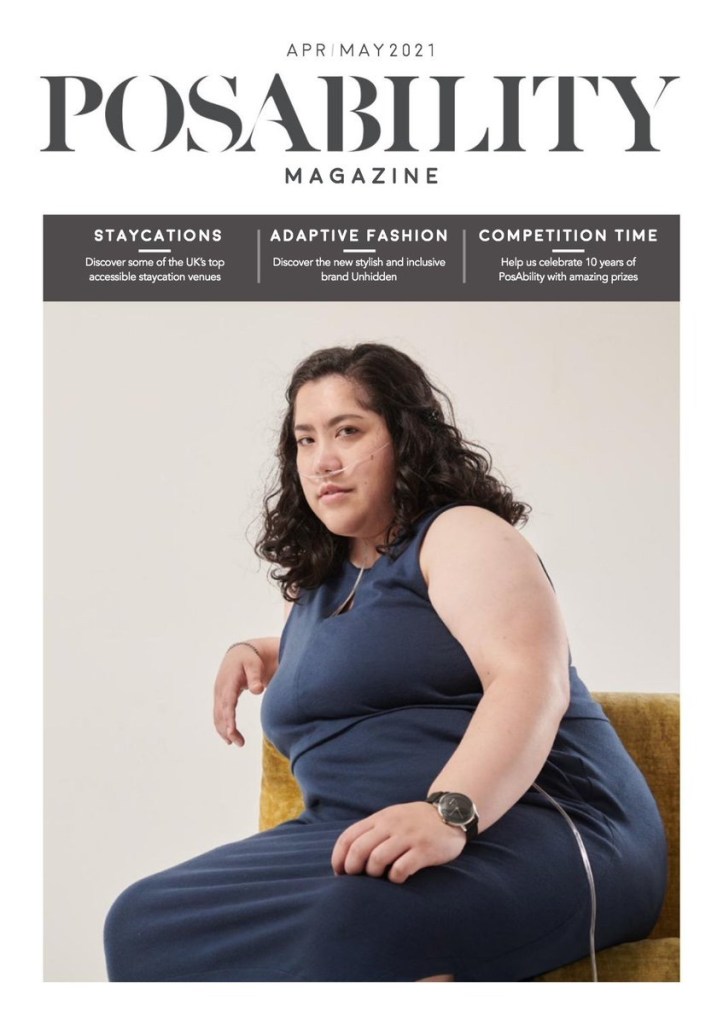
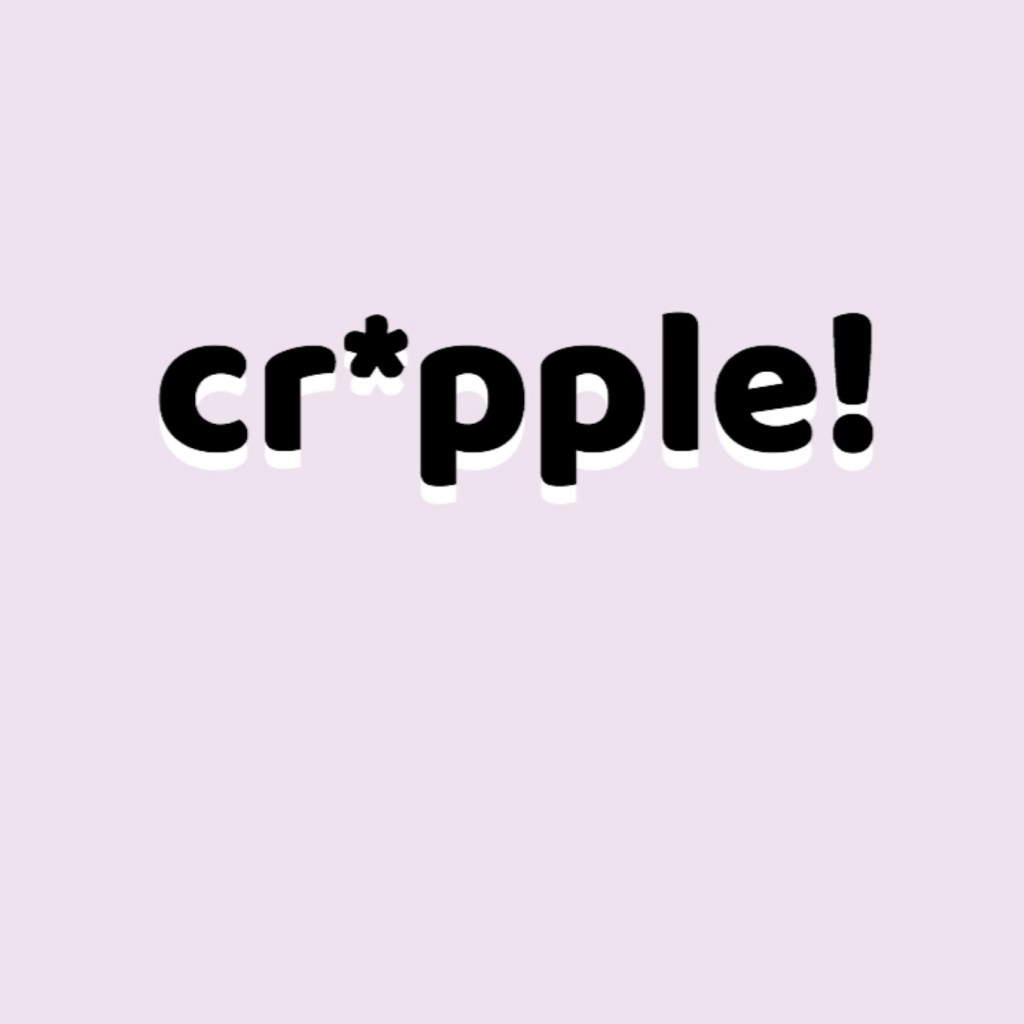
You can also find information about disability through reading blog, watching YouTubers and also finding pages dedicated to explaining disability on Instagram.
Children love to ask questions so if your child is interested and wants to find out more that’s fab! However what I would say is don’t make up a story to tell. If you’re not sure be honest there are so many disabilities out there. It’s impossible to know the details to everyone. As well as this two people might have the same disability written down on paper but it effects them both different ways.
And finally the reason I think people may not know what to say around disability is because it can be associated with “bad”, “challenging “, “difficult” or “worse suffering”.
However I know people who are disabled and their disability makes them feel proud. I can’t speak for everyone as each of us have different experiences. But for me, my disability is a part of me it doesn’t define me. Like if someone said tell me something I wouldn’t say I’m disabled as my first fact. Instead I would say I’m an actor, I love animals and I’m starting a mini zoo at home, I enjoy seeing friends and then later I’d say oh by the way I have a disability. But if someone needs to know I have a disability for a health reasons then I would tell them but day to day life you’d find out a lot of things about me before my disability would come in.
Like I said before for me my disability is part of me but doesn’t define me!

If you’ve ever gone shopping for shoes that can go with your AFO comfortable then like me you probably spent hours looking in store and online for the right ones. That one pair with not only comport but has style.
I don’t wear a splint now but I did for many years in primary and secondary school. I found it so hard to find a fun and stylish shoe that worked. I ended up buying shoes from the boys section. Growing up with splints going shoe shopping was the hardest because I wanted a stylish girly shoe like all the other girls at my school. I even had people come up to me and ask at break and lunch “ Is that a boys shoe” . Boys even came up to me and said “ we’re matching why is a girl wearing guys shoes? ‘. So I was bullied for a while for having to wear a splint. I wouldn’t wear a skirt at school even when the weather was so lovely and warm because I wanted to hide my splint from others. I just didn’t want those stupid, hurtful upsetting comments said to me again and again every day. Some kids didn’t to be friends with me because I wore a splint.
So I thought I would share with you some tips and tricks to help your shoe shopping for your AFO be less hassle and you won’t spend hours/ days looking for that right pair!
An AFO is an ankle and foot orthotic that is prescribed to you by a orthodontist . AFO are commonly warn by people with a disability called cerebral palsy.
A fitted AFO splint is a plastic splints which are made from a cast of your foot and leg. When getting the cast done I remember feeling like I was becoming a mummy for Halloween. Splints are made to keep feet and ankles in a good position for when you walking and standing. Depending on your situation you may have one splint on one leg or splints on both your legs. As well as this your splint may have a joint or hinge at the ankle or it may be fixed this is depending on your movement.
Their are many different types of splints and even hand splints. Here are a few different types available:
When going shopping and trying to find shoes that would still fit my splint but also be comfortable I would have to up about 3 shoe sizes. If I managed to squeeze my splint into shoes that weren’t a great fit this would case rubbing and became very sore and painful. Another thing with wearing by having a larger shoe to fit the width of my AFO I needed to aware I could trip even more easily when walking because of the added length. I personally had to wear a splint just on my right leg so would use an insole in the other shoe so I wouldn’t have to find shoes with different sizes for each of my foot. By having insoles in the other shoe I was able to balance better when walking.
So when I wore an AFO I brought shoes from ASDA or Clarke’s. But recently I was talking to some friends of mine who wear splints currently and they recommend the following brands:

Nike flyEase- This shoe design unzip at the back to fit splints in and can require less hand function when putting them on so saving you time.
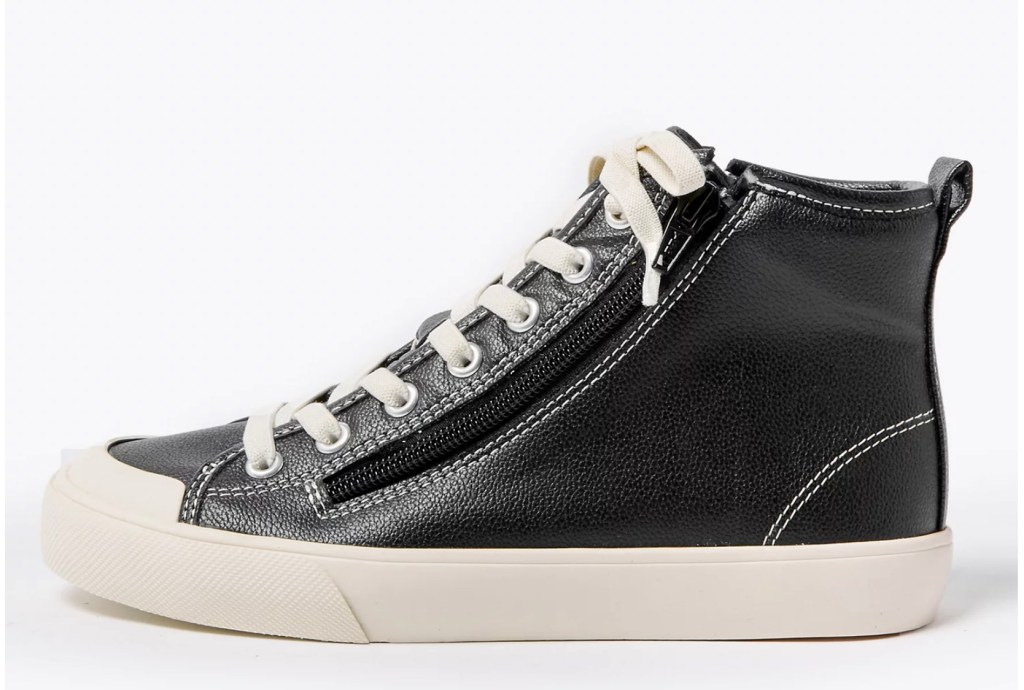
M&S adaptive shoe range- Their collection is for school shoes and trainers. To make putting on shoes easier their shoes are designed with a zip and laces. This is done to make it easier for those who have reduced motor function or need more adjustable shoes.

Billy Footwear- These shoes unzip to completely open the shoe helping you to fit your splint into the shoe.
Finding shoes to fit with your AFO that is comfy and stylish can be hard but I hope my advice helped! Growing up I always wanted to create my own shoes that were both comfy, stylish and inclusive so you never know what the future will bring, I would also love to model for fashion brands such as Nike.
I hope to do more blog content that is all fashion for example inclusive fashion posts and petite fashion. As I know a lot of you would agree we maybe disabled but we still love fashion and want to look stylish regardless of our disability!

When I look back on my time at Primary school even though I got bullied they were happy times. Primary school was also the time in which my family and I found out that I was disabled and had cerebral palsy right hemiplegia and learning difficulties so this time was also very confusing too. I have done all my education in the mainstream learning environment
An SEN review is a “special educational needs” meetings discussing a child’s progress throughout school. I remember at primary school finding it confusing as I didn’t get why their was a meeting with my teachers and parents all about me. I also found it awkward I still do. I just find it strange how a meeting is just all about you. At primary school I was definitely less bothered about having a disability. When I went into secondary school I started to understand more what having a disability meant and how I could find things challenging compared to my peers. I was also getting more heavily bullied at secondary school due to being disabled amongst other things so I was more aware about what made me different to everyone else. At primary school I was more confident in telling class mates where I had gone for a meeting or physio however when I was at secondary school I tried to keep as much as I could to myself as my peers made fun of me.
For me personally I don’t like the term “special needs” because to me everyone is special in their own ways. When really what has happened is something is being adapted something in order for someone to do the same thing as everyone else. In reviews we discuss all different topics for example we’d discuss my adaptations and support I needed in class to help me keep up and be like everyone else.
In primary school I was given equipment to help me in class. I remember finding underlining my writing really hard or just using a ruler in general. I could never keep it still. So to help me with using a ruler the occupational therapist got me to use a crocodile ruler instead. This ruler helped as I had a handle to hold helping me to grip the ruler into place without it doing a dance around the page making my work have wonky lines all over it.
My hands would get tired and I found it hard to use pens and pencils. So the occupational therapist and I did work together with how to hold a pencil to help me write. I was then given pencil grips this helped me to have more control of my writing when trying to form the letters.
I also had a slopping board to help me with writing as it helped me to keep good posture and when I used to write I couldn’t write in a straight line all my sentences would slop of the page.
In primary school I was also given a foot block. A foot block is quite simply a block that you put under your feet when sitting. I had one of these to help me have the correct posture at the table and my feet didn’t actually touch the ground so without the block my feet would be lifted in mid air.
In primary and secondary school I would sit at the front or near the front in every single one of my lessons. This was for a number of different reasons:
At Primary School when I was in year 2 I started Conductive education. I would do afternoon sessions and after school sessions too. We would work on stretches, balance and writing to name a few. We also had lunch club where we would learn how to use a knife and fork to help with my posture I put my elbows on the table to help me sit up. We even went swimming and did some baking.
At Primary and Secondary school I did both occupational Therapy also known as OT and Physio Therapy. I would work on improving my writing and creating the shape of each letter and not going off the page. I did stretches and core exercises as well as learning how to read the time and do dressing tasks.
At Primary School I did do PE lessons however I was put into a different group. Everyone in the group had a disability. Before doing an physical activities we would go through our starches with an LSA, we would then maybe play a bit of tennis which I was really bad at, I still am.
Then for some reason I remember during PE lessons we stopped doing PE and started to clean at the classrooms fish tank each week.
They are just a few things I can remember now. I’ll probably think of lots more later so don’t be surprised if you see a part 2!